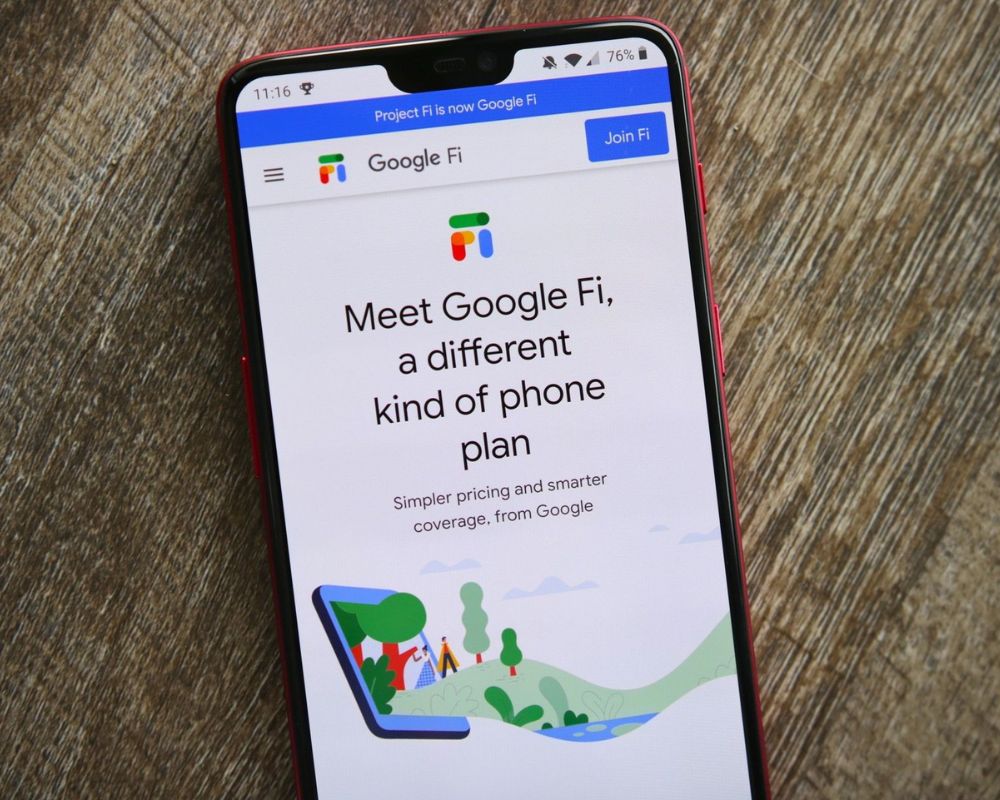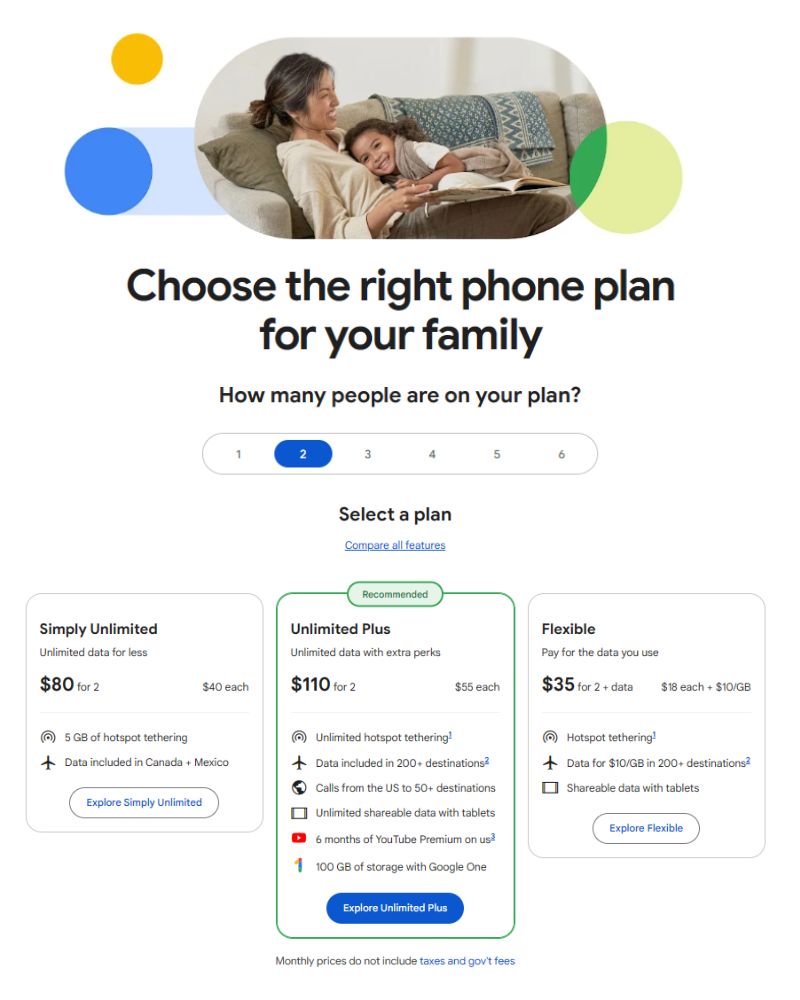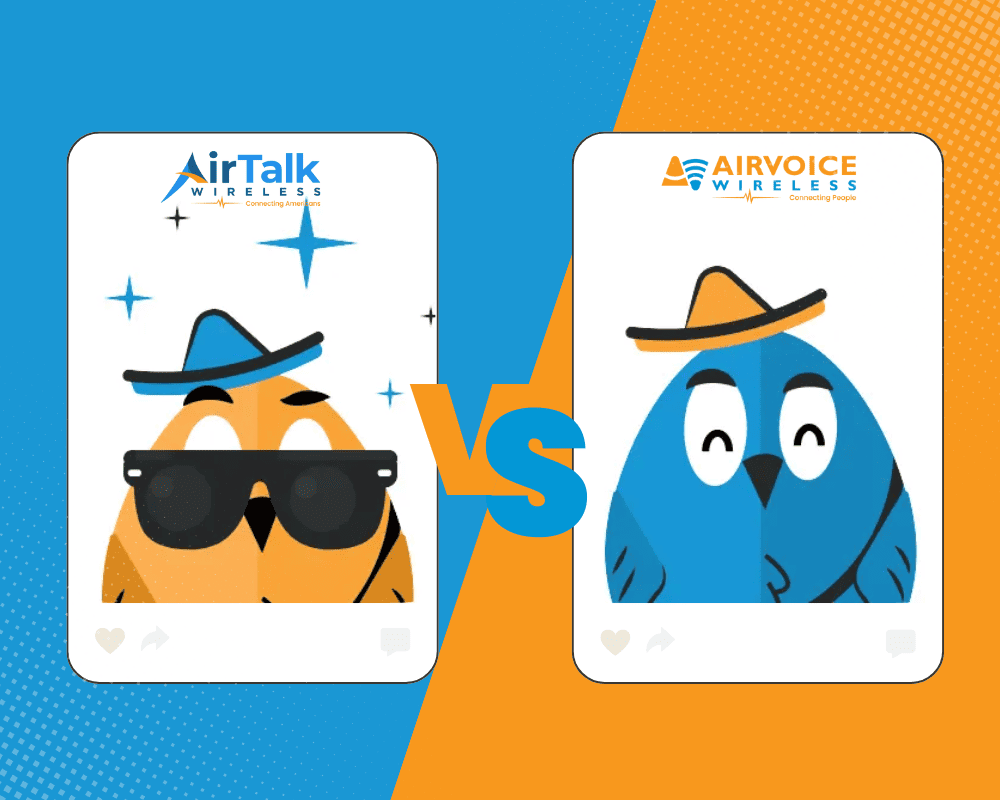
Introduction to Mobile Virtual Network Operators (MVNOs)
Mobile Virtual Network Operators (MVNOs) are wireless communication service providers that don’t own the physical infrastructure of the networks they utilize. Instead, they lease network access from major carriers, often referred to as Mobile Network Operators (MNOs), such as Verizon, AT&T, or T-Mobile. MVNOs then resell this access to customers under their own brand, offering a variety of plans and services.
MVNOs typically target niche markets or specific demographics, offering competitive pricing, unique plan features, or specialized services compared to traditional MNOs. By operating as virtual operators, MVNOs can provide cost-effective alternatives for consumers seeking wireless services without compromising network quality.
In this article, we’ll explore two prominent MVNOs, AirVoice Wireless and Google Fi Wireless, to help you understand their offerings and decide which best suits your mobile needs.
Network Overview
AirVoice Wireless: Established in 2005, AirVoice Wireless is a US-based Mobile Virtual Network Operator (MVNO) leveraging AT&T’s network infrastructure to provide affordable prepaid plans without contracts. Catering to individual and family needs, it offers diverse options for voice, data, and international calling, alongside a wide device compatibility range. AirVoice Wireless prioritizes responsive customer service, making it a reliable choice for budget-conscious users seeking quality wireless services.
Google Fi Wireless: Launched in 2015, Google Fi is a wireless service by Google operating as an MVNO, utilizing networks like T-Mobile and Sprint. Its standout feature is the automatic network switching for optimal coverage. Offering simple and transparent plans with perks like international roaming in over 200 countries, Google Fi caters to users seeking hassle-free wireless experiences, supported by Google’s technology and renowned customer service.
Key Comparison Points
Selecting a network that meets your mobile needs can be challenging due to the the dozens of options available, each with its own set of features and benefits. Factors such as coverage, plan options, phone selection, and customer service quality all play crucial roles in determining the suitability of a network for individual users. However, navigating through this information overload can be daunting. That’s where we come in. By dissecting the key comparison points between AirVoice Wireless and Google Fi Wireless, we aim to simplify the decision-making process, providing you with clear insights into which network aligns best with your specific requirements and preferences.
A. Network Coverage
AirVoice Wireless:
AirVoice Wireless operates as an MVNO on the AT&T network, which boasts extensive coverage across the United States. AT&T’s network covers a vast majority of urban and suburban areas, providing reliable voice and data services. However, in some rural or remote regions, coverage may be less consistent compared to other major carriers.
Google Fi Wireless:
Google Fi operates as an MVNO and utilizes multiple networks, including T-Mobile, Sprint, and US Cellular. This unique approach allows Google Fi to provide extensive coverage by leveraging the infrastructure of these carriers. Users benefit from seamless network switching, ensuring optimal coverage in various locations, including urban, suburban, and rural areas. Additionally, Google Fi offers international roaming in over 200 countries and territories. However, data speeds outside the US may be slower compared to domestic speeds, which could impact user experience when traveling abroad.
——————-
Overall, both AirVoice Wireless and Google Fi offer robust coverage, with AirVoice relying solely on AT&T’s network and Google Fi leveraging multiple carrier networks for enhanced coverage domestically and internationally.
B. Plan Options
AirVoice Wireless:
AirVoice Wireless emphasizes traditional prepaid plans, providing users with a variety of options based on data, talk, and text allowances. These plans offer flexibility without the constraints of long-term contracts, enabling users to choose a plan that suits their usage habits. Whether users need minimal data for occasional use or require unlimited plans for heavier usage, AirVoice Wireless accommodates different needs. Additionally, users can add extra data as needed, allowing for further customization and adaptability to changing data requirements.

Google Fi Wireless:
In contrast, Google Fi only offers 3 data plans – Simply Unlimited, Unlimited Plus, and Flexible. With its flexible pricing model, users pay for the data they consume, with a base fee covering unlimited talk and text. This pay-as-you-go system offers potential cost savings, particularly for individuals with varying data usage from month to month.

More Plan Options Factors
To help with choosing the right carrier, we must understand more about the plan options of each carrier. Let’s compare AirVoice Wireless and Google Fi Wireless based on pricing, family plans, hotspot usage, and additional perks:
Pricing:
- AirVoice Wireless: AirVoice Wireless offers competitive pricing with its prepaid plans. Prices vary depending on the selected plan, which typically includes a combination of data, talk, and text allowances. Additional data can be purchased if needed, allowing users to control their expenses based on usage.
- Google Fi Wireless: Google Fi provides competitive pricing with its flexible plan. Users pay a base fee for unlimited talk and text and are charged based on the data they use. The “Bill Protection” feature ensures users never pay more than a certain amount for data usage, offering predictability and cost control. While Google Fi’s pricing structure can be competitive for light data users, it may not be the most cost-effective option for heavy data users compared to other carriers with unlimited data plans.
Family Plans:
- AirVoice Wireless: AirVoice Wireless allows fully customizable family plans for up to 5 lines per household. Each line can be customized with its own phone and data plan
- Google Fi Wireless: Google Fi offers a straightforward family plan option called “Group Plan.” With this feature, users can add up to six people to their plan, sharing the same data pool and receiving individual bills.
Hotspot Usage:
- AirVoice Wireless: AirVoice Wireless allows hotspot usage, but availability and terms may vary depending on the specific plan chosen. Additional hotspot data usage may be purchased for as low as $8/month.
- Google Fi: Google Fi includes hotspot usage with some of its data plans. Users can use hotspot tethering, which counts towards their monthly data usage. On the Simply Unlimited plan, users can only use up to 5 GB of hotspot tethering.
Additional Perks:
- AirVoice Wireless: AirVoice Wireless primarily focuses on providing affordable wireless services without many additional perks. However, depending on the plan, users may benefit from features like unlimited talk and text, international calling options to over 80+ countries, and rollover data.
- Google Fi Wireless: Google Fi offers several perks to its users, including international roaming in over 200 countries at no extra cost, free 6 months of YouTube Premium, spam call filtering, and data-only SIMs for use with other devices. Additionally, users can access Google Fi VPN for enhanced security when connected to public Wi-Fi networks.


————
AirVoice Wireless offers a variety of traditional prepaid plans, allowing users to customize based on their data, talk, and text needs without long-term contracts, with the flexibility to add extra data as necessary. In contrast, Google Fi Wireless provides only three data plans, emphasizing a pay-as-you-go model where users pay for their data usage alongside a base fee for unlimited talk and text, potentially offering savings for those with fluctuating data needs. While AirVoice provides more plan options, Google Fi offers perks like international roaming, YouTube Premium, and spam call filtering. Users should consider their specific needs and priorities when choosing between the two providers.
C. Phone Selection
AirVoice Wireless:
AirVoice Wireless supports a wide range of unlocked GSM devices, allowing users to bring their own compatible device or purchase one directly. The selection typically includes popular smartphone models from iconic brands such as Apple, Google. Samsung, LG, and Motorola for different price ranges.
Google Fi Wireless:
Google Fi is compatible with most unlocked Android and iOS devices. Its official device lineup includes Google, Samsung, and Motorola devices only. To use other branded devices, users must bring an eligible unlocked device to use with Google Fi service.
————
Both AirVoice Wireless and Google Fi offer flexibility in phone selection, allowing users to bring their own compatible devices or purchase devices directly from the providers. However, AirVoice Wireless offers extensive support for unlocked GSM devices, enabling users to bring their own or purchase directly, with popular models from brands like Apple, Google, Samsung, LG, and Motorola. Google Fi Wireless is compatible with most unlocked Android and iOS devices, officially featuring Google, Samsung, and Motorola, but accommodating other brands through eligible unlocked devices.
Summary of Key Differences:
Network Coverage: While AirVoice Wireless operates solely on the AT&T network, offering extensive coverage in urban and suburban areas but potentially less consistent coverage in rural or remote regions. Meanwhile, Google Fi Wireless utilizes multiple networks including T-Mobile, Sprint, and US Cellular, ensuring seamless network switching and offering extensive coverage domestically and internationally.
Plan Options: AirVoice Wireless offers traditional prepaid plans with various data, talk, and text allowances, while Google Fi provides a flexible pay-as-you-go model with features like “Bill Protection.” However, Google Fi’s pricing is not cost-effective for heavy data users.
Family Plans: Both AirVoice Wireless and Google Fi Wireless offer a Group Plan option for families to share a single plan. While AirVoice Wireless offers fully customizable individual lines for each family plan, Google Fi only offers one group plan with a set benefit for all members of the group.
Hotspot Usage: AirVoice Wireless offers hotspot usage with terms varying based on selected plans, allowing users to purchase additional hotspot data for as low as $8 per month. In contrast, Google Fi provides hotspot usage as part of some data plans, with tethered hotspot data counting towards monthly usage. However, on the Simply Unlimited plan, users are limited to 5 GB of hotspot tethering.
Additional Perks: Google Fi offers perks like international roaming in over 200 countries, spam call filtering, and Google Fi VPN. Meanwhile, AirVoice Wireless offers international calling to over 80 countries,
Phone Selection: Both AirVoice Wireless and Google Fi support BYOD or direct purchase. AirVoice Wireless offers extensive support for unlocked GSM devices, including models from Apple, Google, Samsung, LG, and Motorola. While Google Fi is compatible with most unlocked Android and iOS devices, direct purchase models are only from Google, Samsung, and Motorola.
|
Aspect |
AirVoice Wireless |
Google Fi Wireless |
| Network Coverage | Operates on AT&T network, offering extensive coverage in urban/suburban areas but potentially inconsistent in rural/remote regions. | Utilizes multiple networks (T-Mobile, Sprint, US Cellular), ensuring seamless coverage domestically and internationally. |
| Plan Options | Traditional prepaid plans with various data, talk, and text allowances. | Flexible pay-as-you-go model with features like “Bill Protection,” but may not be cost-effective for heavy data users. |
| Family Plans | Offers fully customizable individual lines for each family plan. | Offers one group plan with set benefits for all members; lacks customization compared to AirVoice Wireless. |
| Hotspot Usage | Varies based on selected plans; additional hotspot data can be purchased for as low as $8/month. | Included in some data plans; tethered hotspot data counts towards monthly usage; limited to 5 GB on Simply Unlimited plan. |
| Additional Perks | Offers international calling to over 80 countries. | International roaming in over 200 countries, spam call filtering, Google Fi VPN, and other benefits. |
| Phone Selection | Supports BYOD or direct purchase, extensive support for unlocked GSM devices including Apple, Google, Samsung, LG, and Motorola models. | Compatible with most unlocked Android and iOS devices, with direct purchase options limited to Google, Samsung, and Motorola. |

In conclusion, AirVoice Wireless stands out as a reliable option for those seeking extensive coverage on the AT&T network, particularly in urban and suburban areas. Its traditional prepaid plans offer flexibility and customization to suit individual needs, complemented by the option to add hotspot usage at affordable rates. With fully customizable family plans and international calling to over 80 countries, AirVoice Wireless prioritizes user convenience and affordability. Additionally, its extensive support for unlocked GSM devices, including models from popular brands like Apple, Google, Samsung, LG, and Motorola, ensures users have a wide range of choices. While Google Fi Wireless offers some appealing features, AirVoice Wireless emerges as a strong contender for those prioritizing dependable coverage, customizable plans, and device flexibility.




Need more info and could not see all plans no
You can check our plans on this link: https://airvoicewireless.com/plans